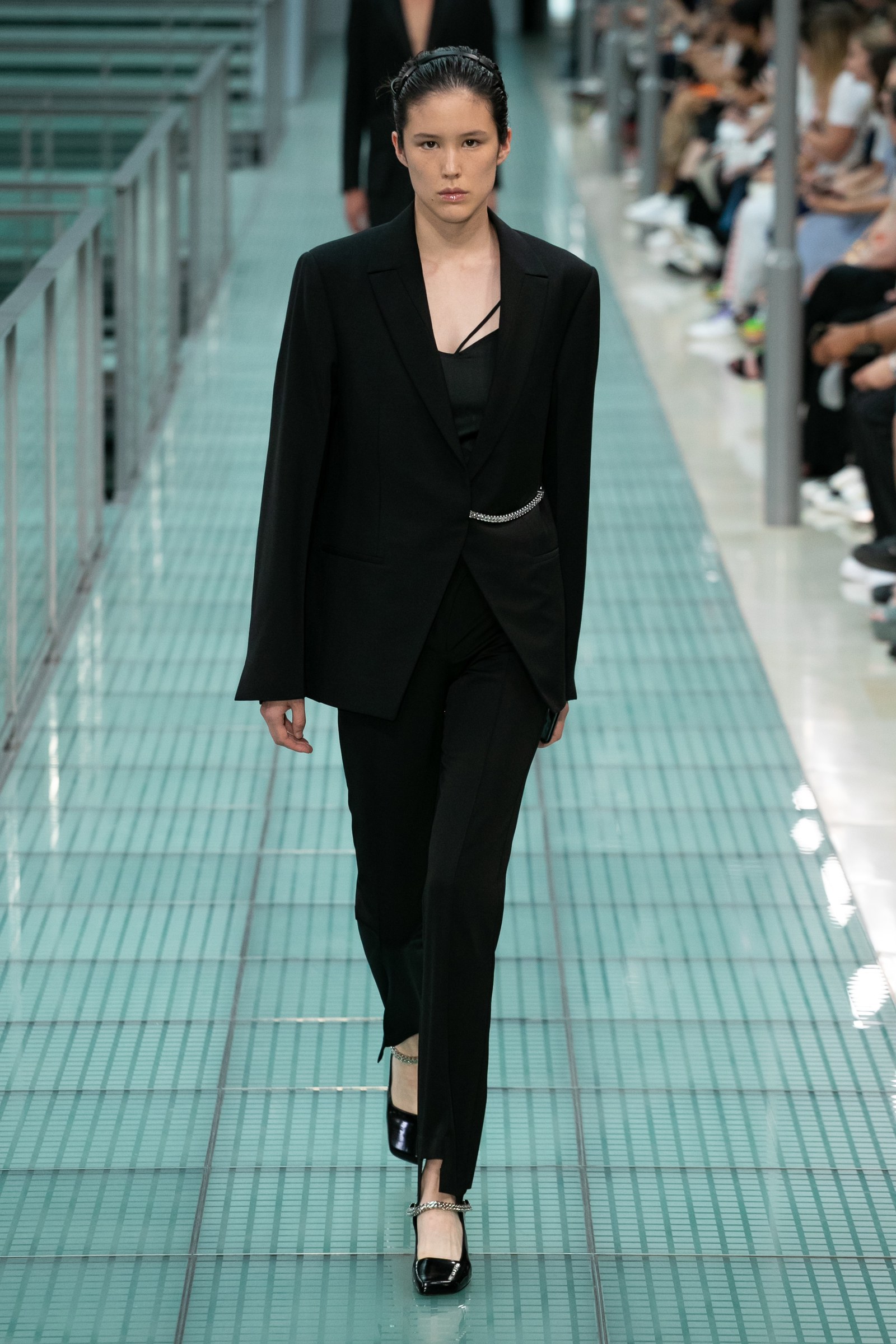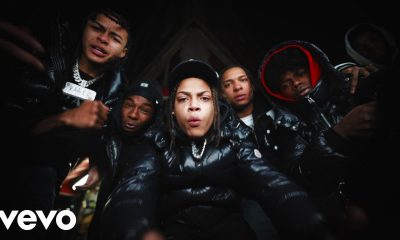So what the heck is going on here? Shouldn’t sex be the last thing on men’s minds? Is it that Carine Roitfeld, with her spiky black boots and raincloud of eye makeup and piles of inky, fitted clothing somehow became a secret menswear icon? Her breed of womenswear is less about courting the male gaze than it is about teasing and controlling it. But that doesn’t seem at all to be what these men want; it’s just a different ballgame to be a slender man bearing his arms, or any kind of man bearing his chest. It’s vulnerable. It’s playful. It’s a new kind of confidence, to reveal something of yourself, either literally (by showing your chest or shoulders), or by trying something new. It’s okay to wear something that other people might not “get,” it seems to say. It’s okay to fail in fashion, and maybe even in life!
The new sexy menswear is one blossom on the larger menswear vine, though. (Forgive the metaphor; my mind is still in the Fendi garden. Another sexy, sultry time!) The bigger point is this: Gender-fluid dressing has moved squarely from a fringe movement to a central tenet of fashion. And this season, men’s designers were making very strong statements that that wardrobe is pulling its codes from womenswear.
It’s one thing for brands that traffic in sexy clothing and imagery to do that. But I’ve been most struck by the fact that the brands that weren’t doing the sex thing this season were also showing feminine shapes: at Loewe, for example, where there were straight-up skirts and dresses and djellabas, a signature silhouette borrowed from designer Jonathan Anderson’s womenswear. And at Thom Browne, who’s always mixed sex and suits, sports guys were inflated to comic proportions, and a ballet dancer tutued down the runway en pointe. Ballet, of course, is the skateboarding of womenswear, but here it was on Browne’s men’s runway, muscling and pirouetting away. Designers from Bode to Dries Van Noten went so far as to show ballet flats. Rei Kawakubo, who’s been essentially designing nonbinary clothing since the beginning of Comme des Garcons, proposed her dress-filled collection as part of her commission to design costumes for an opera version of Orlando, itself a keystone text in gender studies. Even Slimane’s love of youth and roughness seemed to be borrowing from Big Womenswear, if you will, with his gazelle models (who were thin, even by Slimane standards) and hard chicness designed to elicit a gotta-have-it feeling in consumers. At least for this season, designers seem to believe the future is in female clothing.
Article written by Rachel Tashjian #GQ













